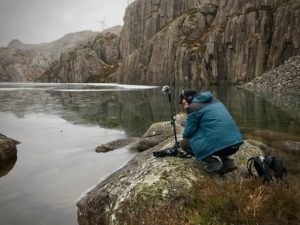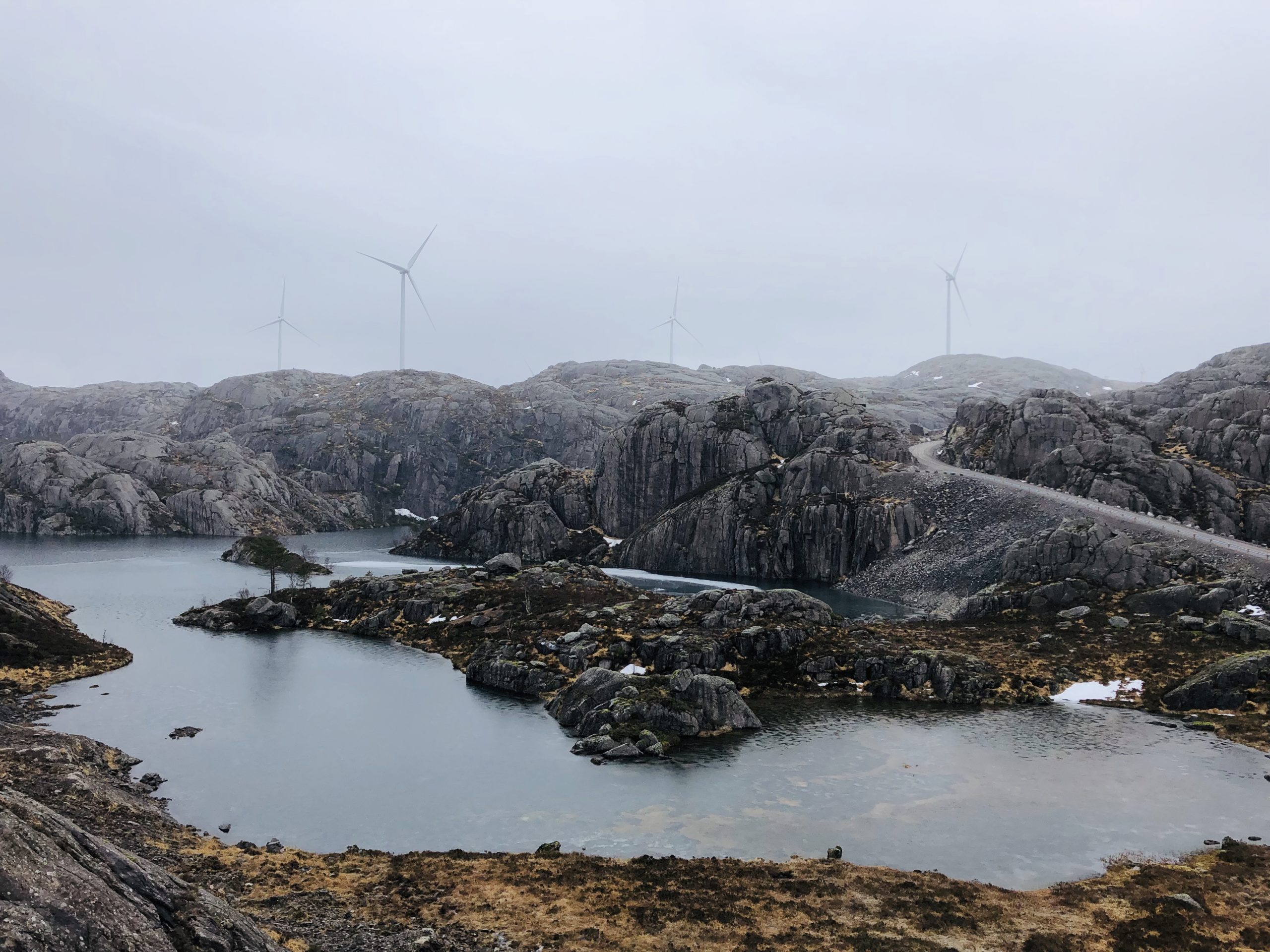Listening-with Humans and Nonhumans
Auditioning a field recording, and assembling its meaning, is a similar yet very different process to making a jigsaw. As a child, I tried to complete a jigsaw puzzle without the crutch of the image guide. It was a process that oscillated between hope and despair. Hope at the freedom to imagine, despair at the realization that my picture did not match the pieces in my hand. Sure, I could just follow the form of individual segments and the image might reveal itself. But I wanted to will meaning into the frame as much as build its inevitable shape. Never completing the task, I was left with sparse pockets that sort of fitted together: a partial cloud, some of the frame elements, what looked like trees, broken and incomplete. During this process, the initial hope of imagining and building my own scene gave way to the inevitability that each piece would simply click into the form of a predetermined image.
Now, when I playback field recordings with students, we speak about jigsaws. Auditioning the extra-verbal sounds of environments and phenomena, we discuss the difference between building scenes and letting them go. We debate whether we need an image guide, or if there is a sonic equivalent to the jigsaw. We conclude, more often than not, that the point is not to build a visual picture when listening to field recordings but to recognize the audition process as a knowledge in the making exercise. As listeners we build something that will always be a combination of subjective and cultural experience: memories, associations, and affects linked with the analytical pieces of the puzzle that give us more direct clues about time and space.

Listening-with students, I make sure we attend to the missing pieces, the holes in the jigsaw or lacunas in the audible. I do this again and again by asking the question: what are we not hearing? It draws attention toward the marginal, the forgotten, the inverse, and the underheard: there is always something beyond the audible when auditioning field recordings. Whether it is the suppressed knee joint of a recordist, infra and ultrasounds outside human hearing, the chain of actions and infrastructures that unsettle site, the histories and futures dragged into the present: the puzzle is more perforated than it is whole, more plural than it is a singular scene.
Field recordings break down conventional representation, they trouble the image code and its desire for completeness. When listening together, we do not build pictures; we rather assemble connections and relations, tuned by an attention toward the cavities of meaning and the fissures of knowledge. This is where learning takes place. Listening-with becomes an ethico-imaginative bond. It facilitates an elastic infrastructure of meaning built from discussion and debate. Conversations link, delink, stretch, and obliterate parts of the puzzle. Meaning is also drawn in from listening elsewhere: on the internet, in archives, through sleeve notes, by auditioning related recordings. There is a plethora of contextual possibilities available. These shadow sites do not ossify a scene but add more layers to interpret, more holes to listen-with.
What we are left with is a jigsaw done otherwise, an “unjigsaw” that never wanted to be an image in the first place. It is a puzzle of connections and interruptions that leaves more questions than answers. The point is to stay in the assembly process, together, constructing meaning, challenging representation, attending to methods and matters of the audible and inaudible. It involves swings from knowing to unknowing, and in that process we might come to care, we may begin to take responsibility for our listening, in the studio or the field.
Mark Peter Wright is an artist, researcher, and member of CRiSAP (Creative Research into Sound Arts Practice), University of the Arts, London. His practice intersects sound arts, ecology, and experimental pedagogy across exhibition, performance, and publishing. This excerpt is from his book Listening After Nature: Field Recording, Ecology and Critical Practice (Bloomsbury, 2022).

Again the deep insight of my mentor that seems to match exactly with my idea of how sound is to shape a built environment too, not as a visual but a a space with meaning.
“ We conclude, more often than not, that the point is not to build a visual picture when listening to field recordings but to recognize the audition process as a knowledge in the making exercise. As listeners we build something that will always be a combination of subjective and cultural experience: memories, associations, and affects linked with the analytical pieces of the puzzle that give us more direct clues about time and space.”